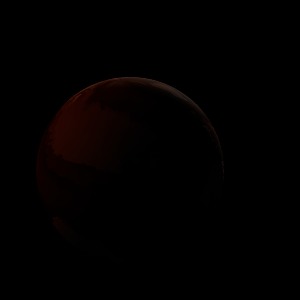|
|
Space Astro
|
Info for exoplanet "Npoha"
| Scientific (actual) data |
|---|
| Name | Kepler-226 b |
| Planet status | Confirmed |
| Radius | 0.138 |
| Orbital period | 3.941 |
| Semi major axis | 0.047 |
| Discovered | 2014 |
| Updated | 2021-02-05 |
| Tconj | 2454970 |
| Impact parameter | 0.15 |
| Publication | Announced on a website |
| Detection type | Primary Transit |
| Alternate names | 2MASS J19293027+4752515 b, K00749.02, KIC 10601284 b, KOI-749 b, KOI-749.02, WISE J192930.26+475251.5 b |
| Star name | Kepler-226 |
| Right ascension | 292.38° |
| Declination | 47.88° |
| Mag j | 14.114 |
| Mag h | 13.724 |
| Mag k | 13.633 |
| Star distance | 1008.14 |
| Star metallicity | -0.145 |
| Star mass | 0.86 |
| Star radius | 0.8 |
| Star temperature | 5571 |
| Star alternate names | 2MASS J19293027+4752515, KIC 10601284, KOI-749, WISE J192930.26+475251.5 |
| Wikipedia article | Kepler-226 b |
Back
| |
| Fictional info (?) |
|---|
| Suggested name | Npoha |
| Planet type | Hot planet |
| When viewed from Earth, this proximity to Kepler-226 means the planet can only be seen near the western or eastern horizon during the early evening or early morning. |
| Atmosphere | Methane | 44% |
| Oxygen | 28% |
| Krypton | 22% |
| Helium | 5.4% |
| Ammonium hydrosulfide (NH4SH) | 1.4% |
| Sulfur dioxide | 0.03% |
| Atmospheric pressure | 12 bar |
 |
| No known satellites |
| Google search for Npoha |
|
Website by Joachim Michaelis
|
|
|
|